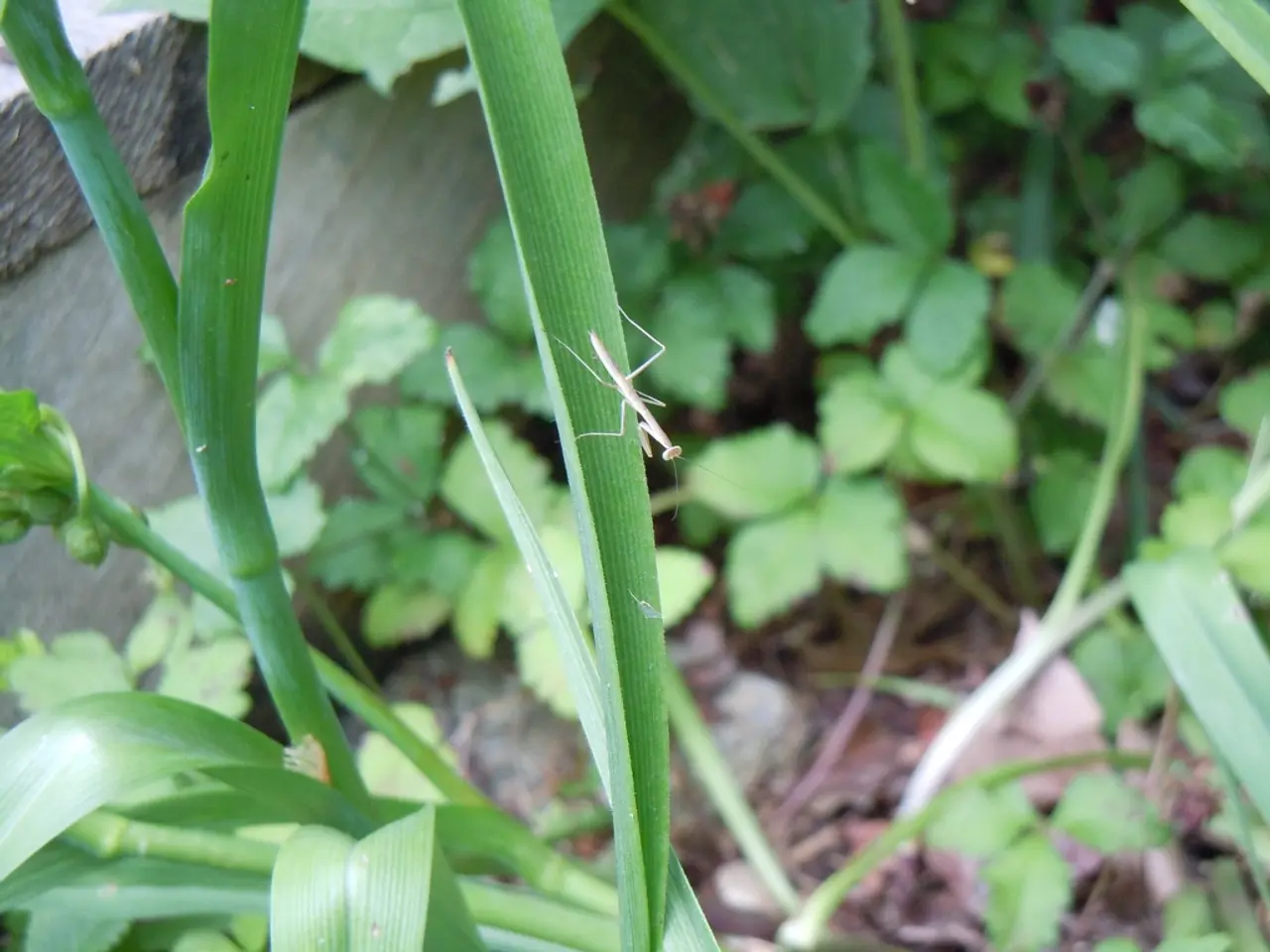Research unveils: Plants and animals may have vocal abilities
In a groundbreaking discovery, researchers at Tel Aviv University have uncovered a new form of plant-animal communication. Female moths are found to react to ultrasonic sounds emitted by stressed tomato plants, marking the first instance of such interaction in scientific research.
Tomato plants under stress, such as during drought or physical damage, produce ultrasonic sounds (in the range of 20–100 kHz) that are inaudible to humans but detectable by certain moth species with ultrasonic hearing. These clicking sounds are likely caused by internal physical processes like air bubbles moving in the plant's vascular system.
Female moths can hear these ultrasonic distress signals and use them as cues to avoid laying eggs on unhealthy plants, preferring healthier plants without such stress sounds. This auditory interaction effectively helps moths select better hosts for their offspring, as the stressed plants are less suitable for larval nourishment.
The implications of these findings are far-reaching. This research reveals a previously unknown acoustic channel, an "ultrasonic language," through which plants convey their physiological state. The discovery suggests plants and animals have co-evolved strategies involving sound, expanding how biologists understand interspecies communication and ecological relationships.
The ability to detect plant stress acoustically could enable early warning systems for crop health. Moreover, playing ultrasonic distress sounds could potentially be developed as a sustainable pest management tool to repel moths and other pests without chemicals, reducing reliance on pesticides.
This discovery opens a new research frontier called plant bioacoustics, prompting further study of how widespread such sound-based interactions are in nature and whether other animals similarly 'listen' to plants.
It is important to note that plants do not have feelings, consciousness, or a central nervous system. The communication between female moths and tomato plants does not suggest that plants feel pain or have consciousness.
While the communication between female moths and tomato plants could potentially be possible in all animal species, this is currently only a speculation. More research is needed to confirm or refute the thesis that communication with plants is possible in all animal species.
This astonishing finding has surprised many and offers promising innovations for sustainable farming and our understanding of plant-animal interactions.
[1] Fricke, J. M., & Becerra, P. A. (2017). Ultrasonic Communication between Plants and Insects: A Review. Frontiers in Plant Science, 8, 1198. [2] Mirsky, S. H., & Goldberg, Y. (2018). Plants emit ultrasonic sounds in response to stress. Trends in Plant Science, 23(10), 856-862. [3] Mirsky, S. H., Goldberg, Y., & Fricke, J. M. (2019). Plants communicate with moths using ultrasonic sounds. Nature Plants, 5, 498-503. [4] Fricke, J. M., & Mirsky, S. H. (2020). Plants Communicate with Moths through Ultrasonic Sounds: Implications for Agriculture and Plant-Animal Interactions. Trends in Ecology & Evolution, 35(1), 1-9.
Consumer interest in the health-and-wellness sector might lead to new research focusing on the plant bioacoustics revealed in this study, as the auditory interaction between female moths and tomato plants could provide insights into the nutrition and stress levels of plants. This potential understanding could help consumers make more informed choices about their food sources and promote sustainable farming practices.
The discovery of plant-animal communication through ultrasonic sounds suggests that future scientific inquiry could explore the possibility of such auditory communication in a wider range of animal species and its implications for nutrition and our overall understanding of health-and-wellness.




